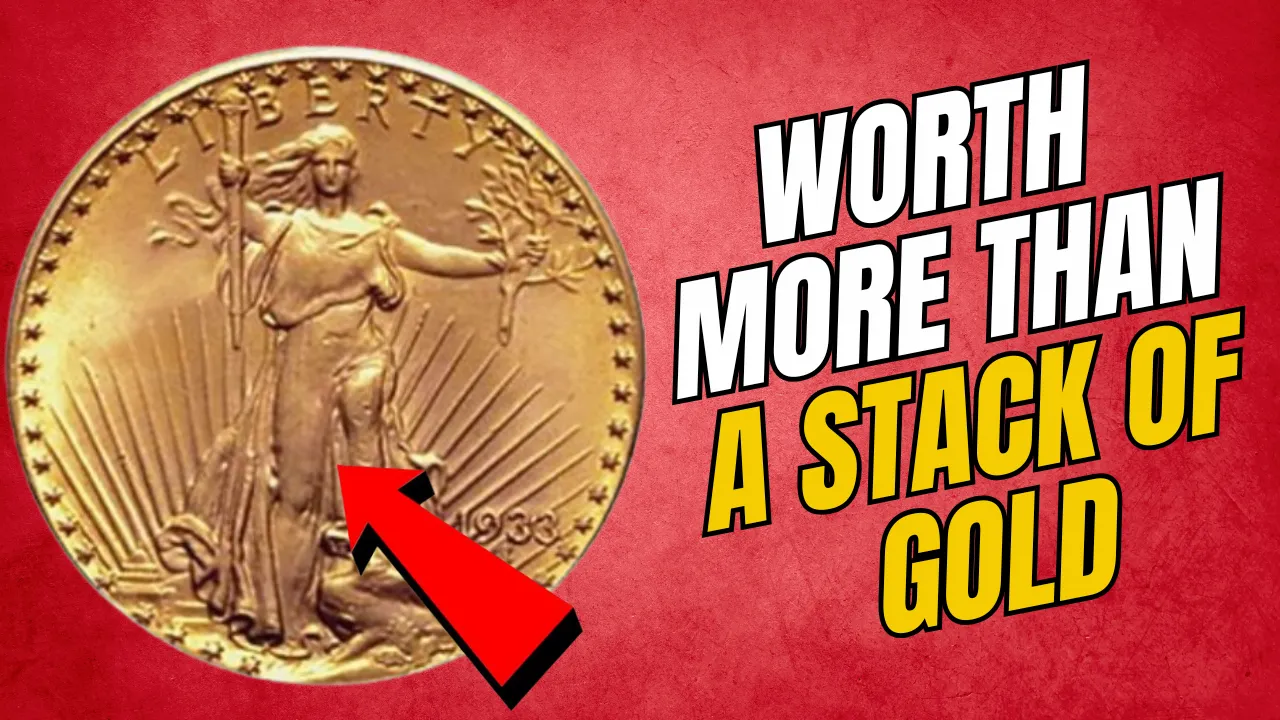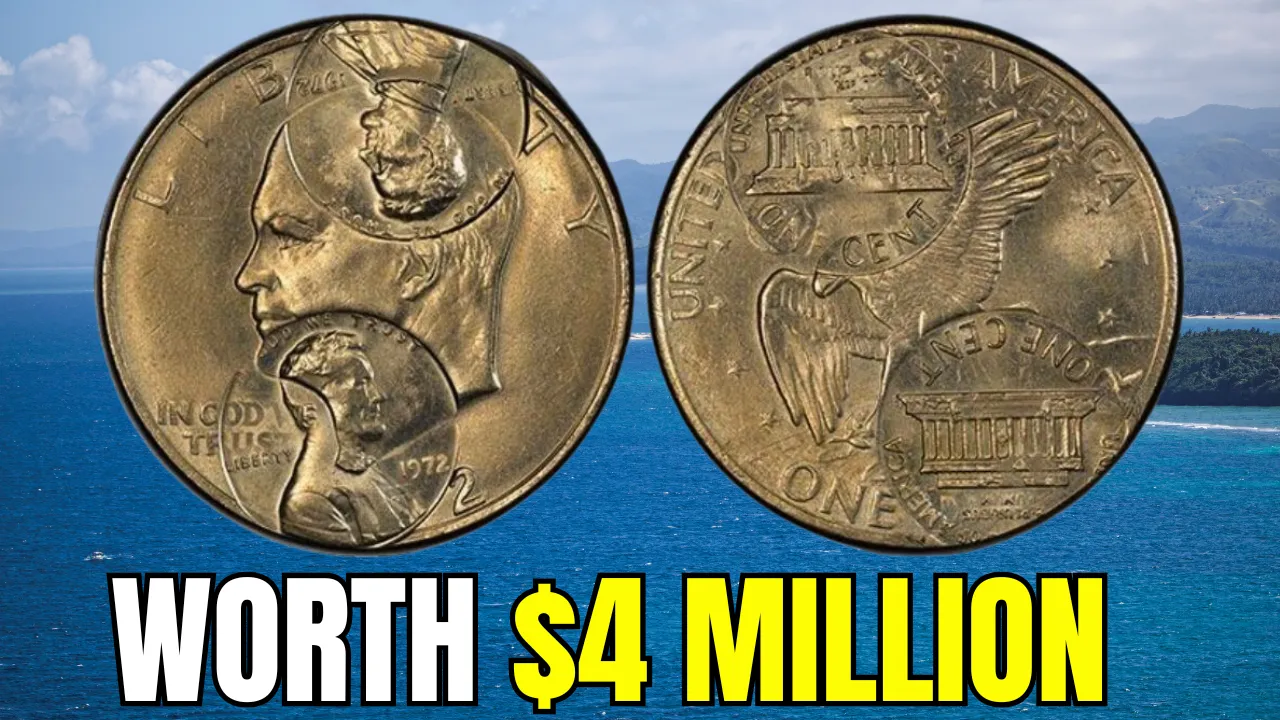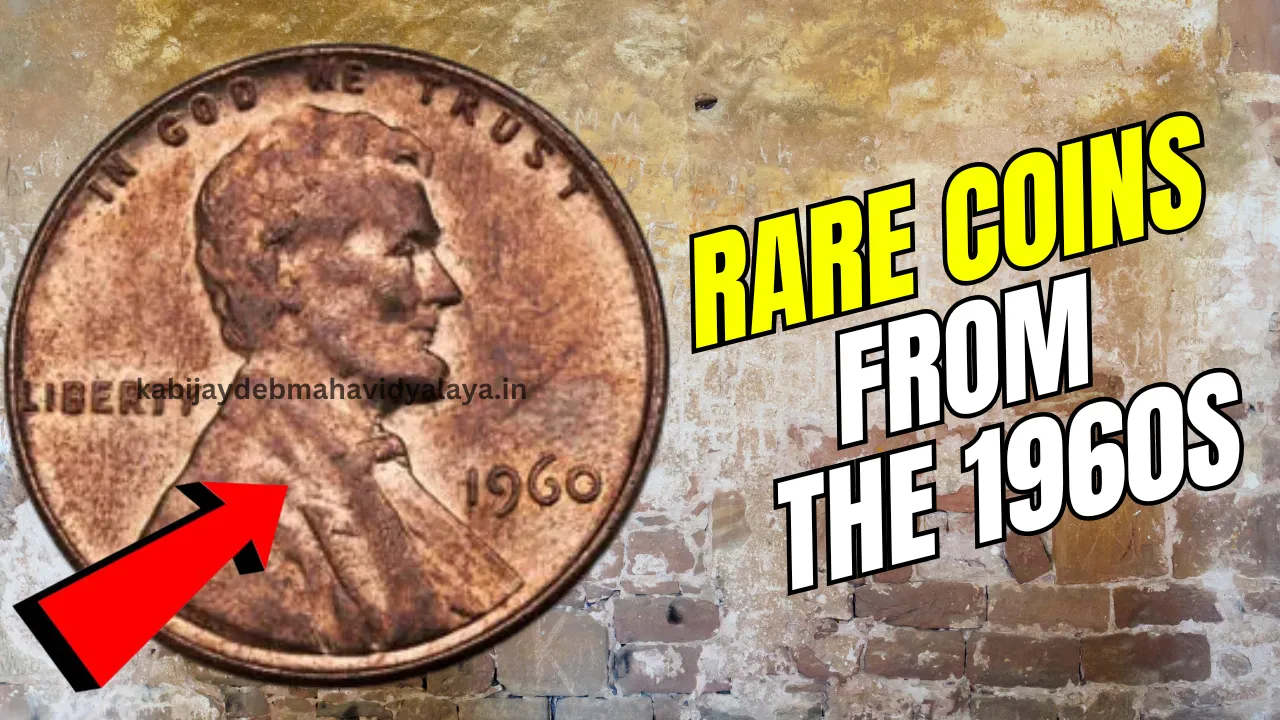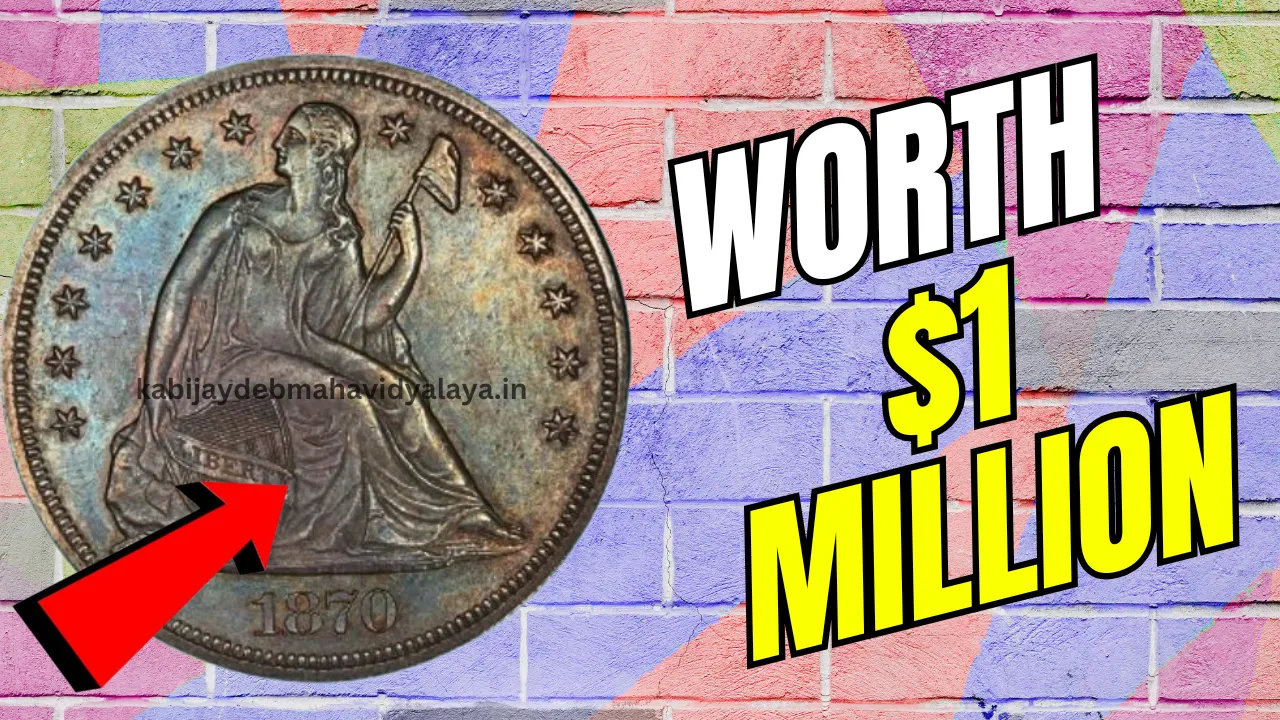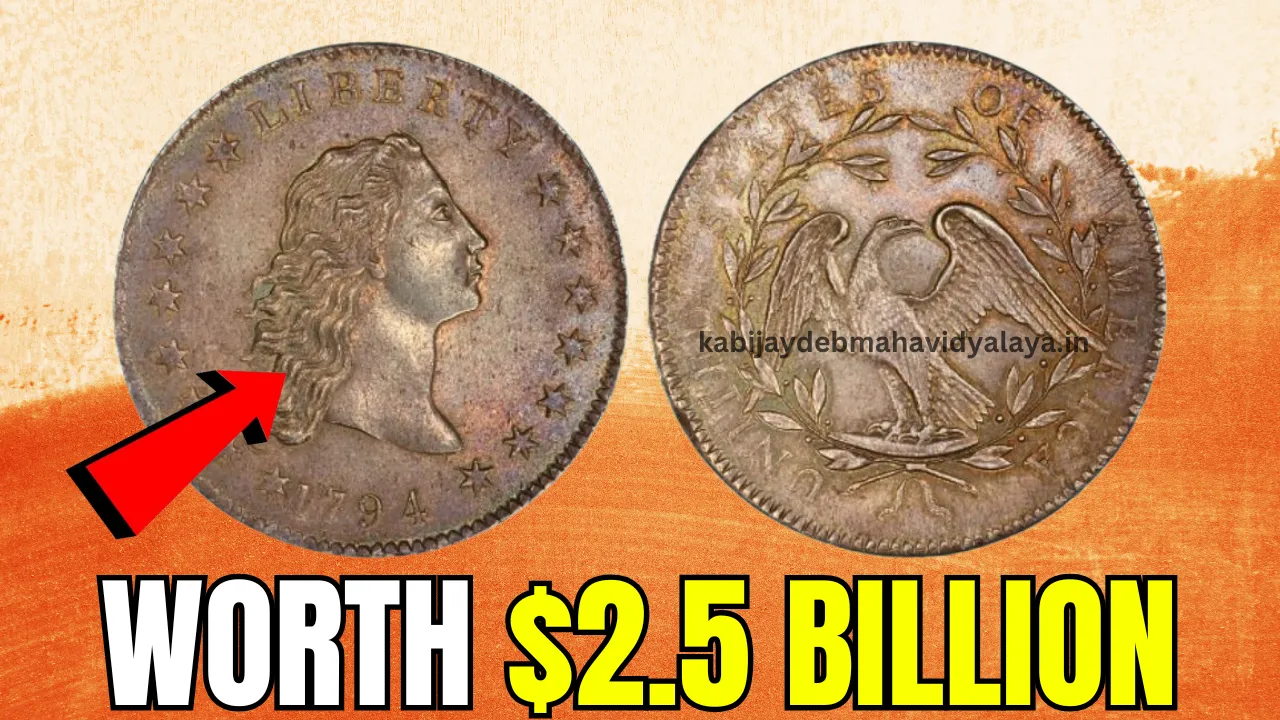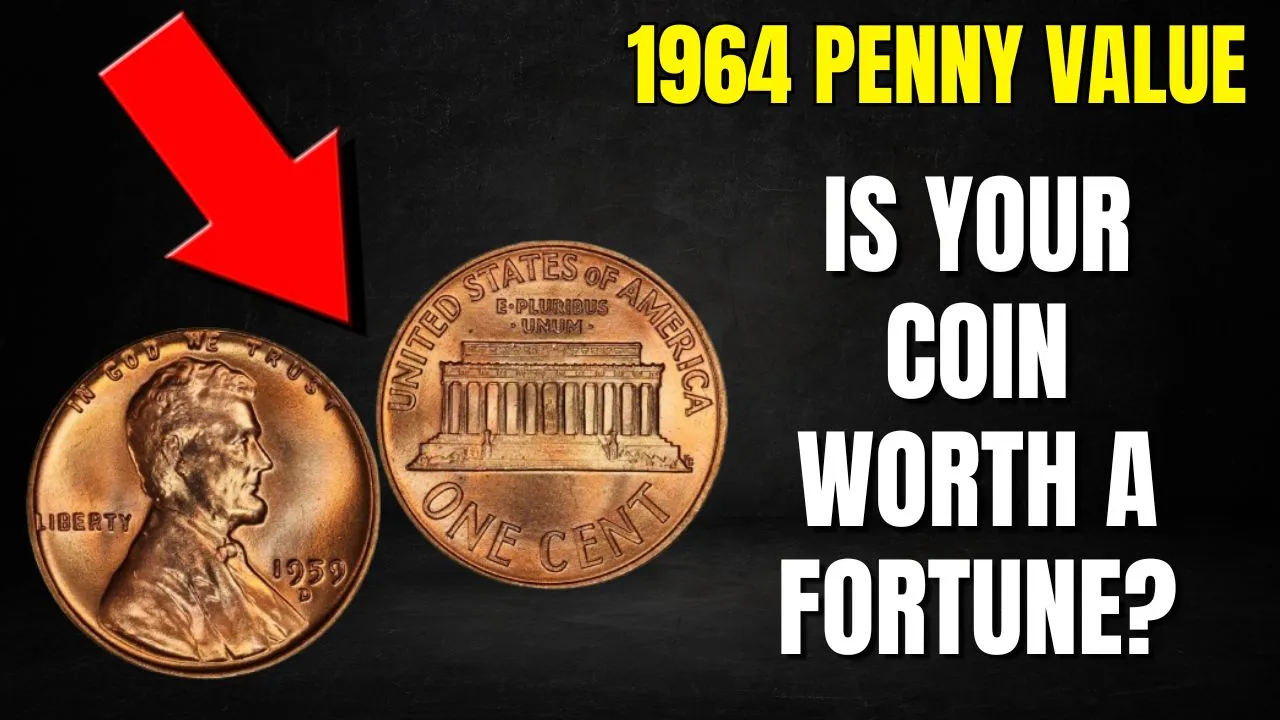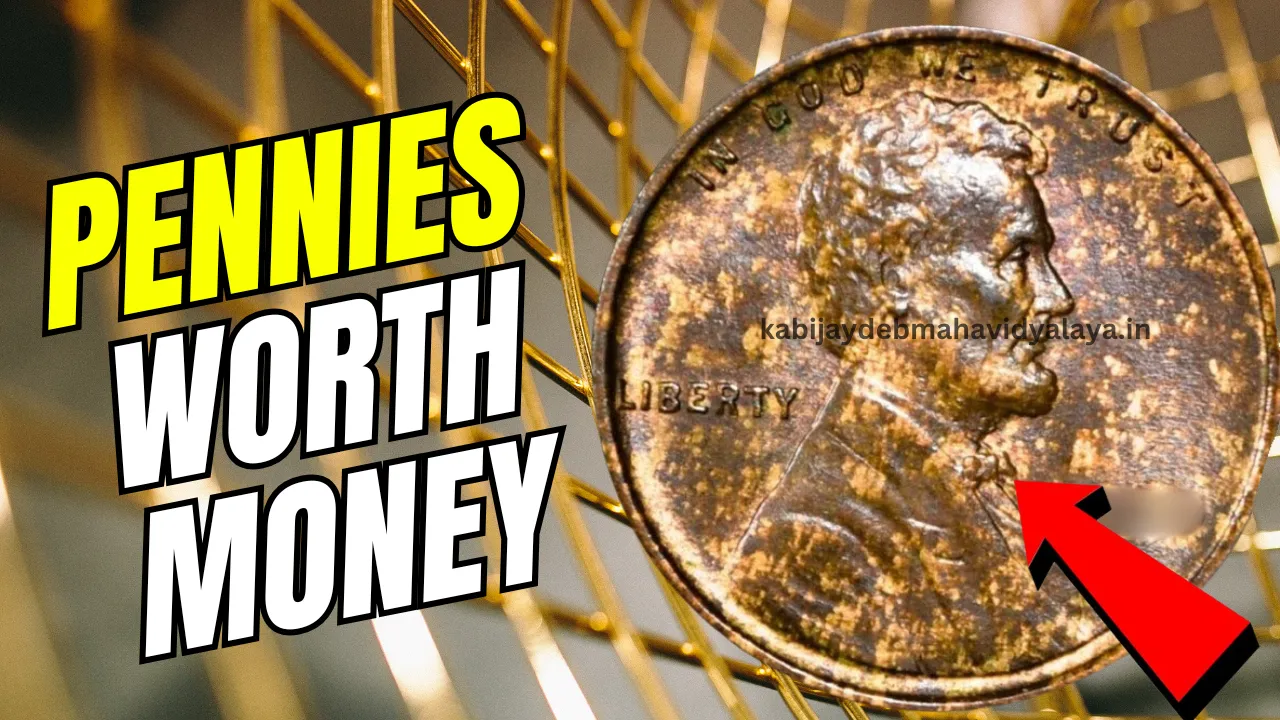Top 3 Bicentennial Quarters That Are Worth More Than a Stack of Gold: When it comes to collecting coins, few are as iconic as the Bicentennial Quarters Worth Money. These quarters, minted in 1976 to celebrate America’s 200th anniversary, were designed with a special reverse featuring a colonial drummer and the inscription “1776–1976.” While most of these coins are only worth their face value, a few rare versions have captured the attention of collectors due to unique minting errors or their historical value.
This article explores the top three Bicentennial Quarters that have soared in value, sometimes fetching prices that rival the worth of precious gold. If you’re curious about these coins and want to learn how to spot them in your collection, this guide is for you.
Overview of the Most Valuable Bicentennial Quarters
| Coin | Unique Feature | Estimated Value |
| 1976-S Proof Quarter (No Mint Mark) | Proof coin with no mint mark | Over $10,000 |
| 1976-D Quarter (Clipped Planchet) | Minting error with a clipped edge | Several thousand dollars |
| 1976 Quarter (Double Die Obverse) | Doubled lettering on the obverse side | Tens of thousands of dollars |
The Story Behind Bicentennial Quarters
The Bicentennial Quarters hold a special place in American history. Produced to mark the 200th anniversary of the United States, these coins replaced the standard eagle design on the reverse with a unique colonial drummer and a torch encircled by thirteen stars. Millions of these quarters were struck, and they were circulated widely, making them a familiar piece of change for decades.
But among the ordinary coins, there are hidden gems. Special minting processes and accidental errors have made certain Bicentennial Quarters highly valuable to collectors. Let’s take a closer look at the top three examples.
1. The 1976-S Proof Quarter Without a Mint Mark
Proof coins are specially struck to showcase sharp details and a mirror-like finish, and the 1976-S Proof Quarter is one of the most desirable among them. However, a small number of these proof quarters were mistakenly produced without the “S” mint mark that typically identifies their origin in San Francisco.
- What Makes It Rare: The missing mint mark is an unusual error for proof coins, which are meticulously crafted for collectors.
- Estimated Value: A high-grade 1976-S Proof Quarter without a mint mark can sell for more than $10,000 at auctions.
- How to Identify It: Check for a coin with a polished finish and no mint mark under the date “1776–1976.”
This error transforms an otherwise ordinary proof coin into a highly sought-after rarity.
2. The 1976-D Quarter with a Clipped Planchet
Next on the list is the 1976-D Quarter with a Clipped Planchet, a fascinating minting error caused when the metal blank used to make the coin is improperly cut. This results in a coin with a missing section, usually along the edge.
- What Makes It Rare: Clipped planchets are uncommon and represent a mistake in the minting process, making these coins unique.
- Estimated Value: Depending on the extent of the clipping and the coin’s condition, it can be worth several thousand dollars.
- How to Identify It: Look for a smooth, curved edge where the clipping occurs. Ensure it’s not post-mint damage, which can decrease the value.
Collectors prize these coins for their distinct appearance and the story of how they came to be.
3. The 1976 Quarter with Double Die Obverse
Arguably the most famous Bicentennial Quarter error is the Double Die Obverse version. This occurs when the die used to strike the coin shifts slightly, causing a doubling effect on design elements like the lettering or profile of George Washington.
- What Makes It Rare: The doubling is a result of a misalignment during production, and it’s visible enough to catch the eye of an observant collector.
- Estimated Value: In pristine condition, these coins have fetched tens of thousands of dollars.
- How to Identify It: Inspect the obverse (the side with George Washington’s portrait) for doubled lettering or overlapping details using a magnifying glass.
For error coin enthusiasts, the Double Die Obverse Bicentennial Quarter is the ultimate prize.
How to Identify Rare Bicentennial Quarters
Spotting these rare Bicentennial Quarters requires a keen eye and some basic tools. Here’s how you can identify them:
- Inspect for Missing Mint Marks: Proof coins without the “S” mint mark are among the most valuable.
- Look for Minting Errors: Examine your quarters for clipped edges or doubling in the lettering or design.
- Use Proper Tools: A magnifying glass or coin loupe can help you spot subtle details.
- Assess Condition: Coins in mint condition or with minimal wear are generally more valuable.
If you think you’ve found a rare Bicentennial Quarter, consider having it professionally graded to confirm its authenticity and value.
Why Are Some Bicentennial Quarters Worth So Much?
The value of Bicentennial Quarters Worth Money comes down to three factors:
- Rarity: Errors like missing mint marks or clipped planchets make these coins unique and highly sought after.
- Collector Demand: As interest in error coins grows, their market value increases.
- Historical Significance: The Bicentennial design commemorates a pivotal moment in U.S. history, adding an extra layer of appeal.
These factors combine to turn an ordinary coin into a prized collectible worth thousands of dollars.
Where to Sell Rare Bicentennial Quarters
If you’re lucky enough to own a valuable Bicentennial Quarter, there are several ways to sell it:
- Online Marketplaces: Platforms like eBay or Heritage Auctions offer access to a broad audience of collectors.
- Coin Shops: Local coin shops can appraise your quarter and connect you with potential buyers.
- Specialized Auctions: High-value coins often perform well at specialized numismatic auctions.
- Private Collectors: Networking with other collectors may help you find a buyer who appreciates the coin’s value.
FAQs
How can I tell if my Bicentennial Quarter is rare?
Check for errors like missing mint marks, clipped edges, or doubled lettering, as these are indicators of rarity.
Are Bicentennial Quarters still in circulation?
Yes, but finding rare versions is uncommon due to their limited numbers and collector interest.
How do I protect my valuable coins?
Store them in protective holders and avoid cleaning them, as cleaning can damage the surface.
Final Thoughts
Rare Bicentennial Quarters Worth Money are a collector’s dream. With their unique designs and fascinating minting errors, they represent more than just spare change—they’re pieces of American history. Whether you’re a casual enthusiast or a dedicated numismatist, these coins are worth exploring.
If you’ve found this guide helpful, share it with friends or leave a comment about your favorite coin discoveries. Dive deeper into the world of coin collecting to uncover even more hidden treasures!
